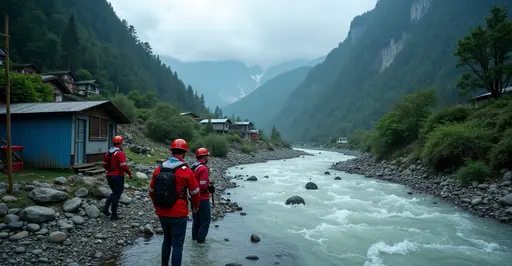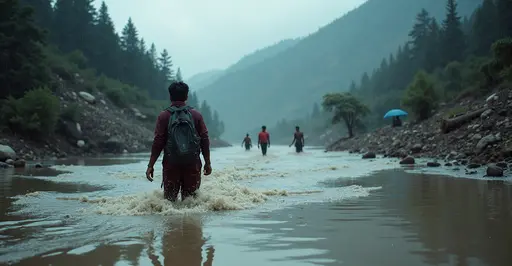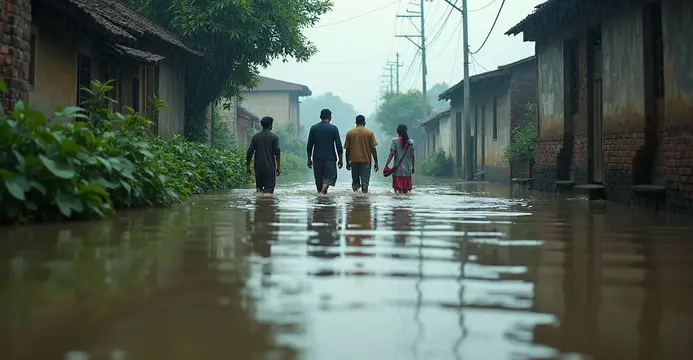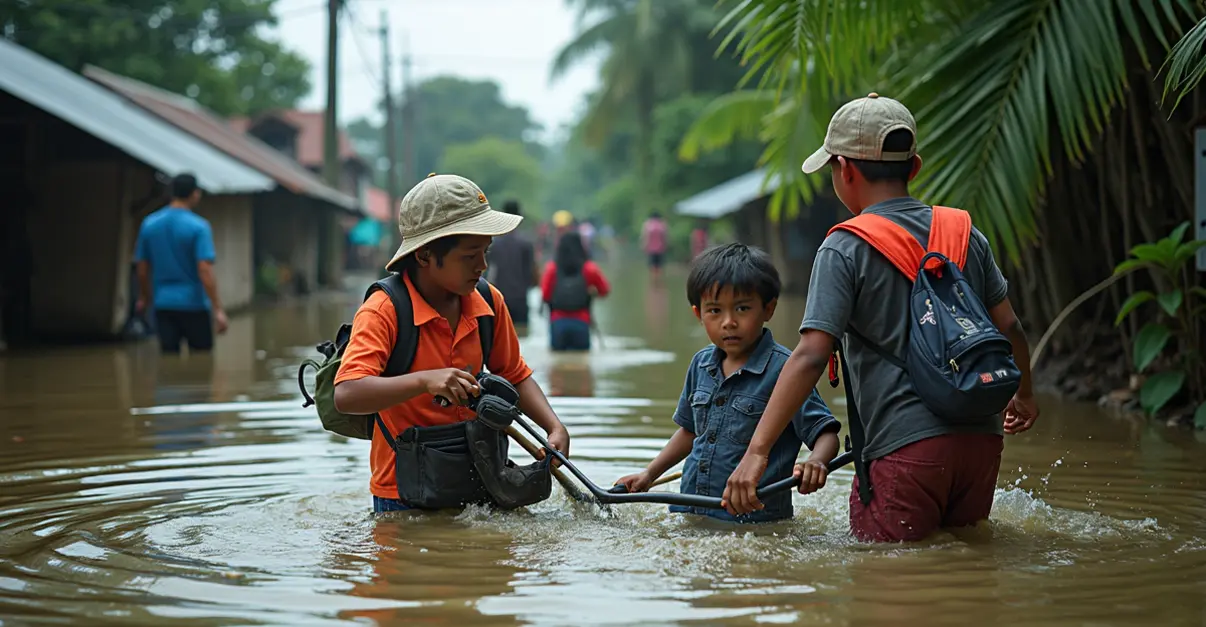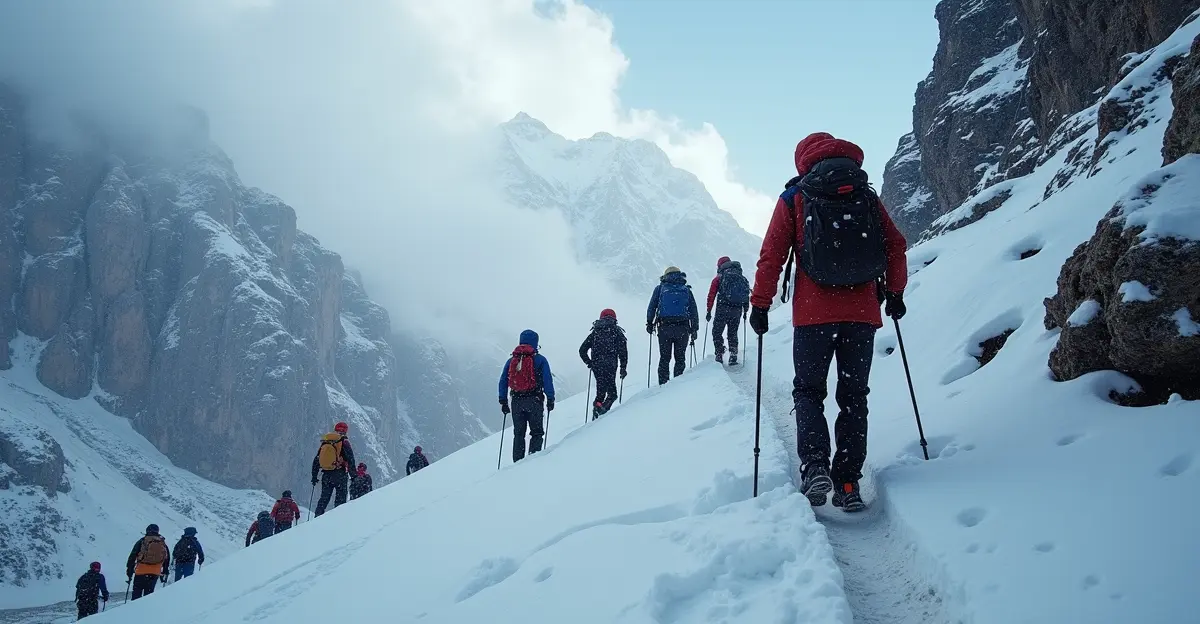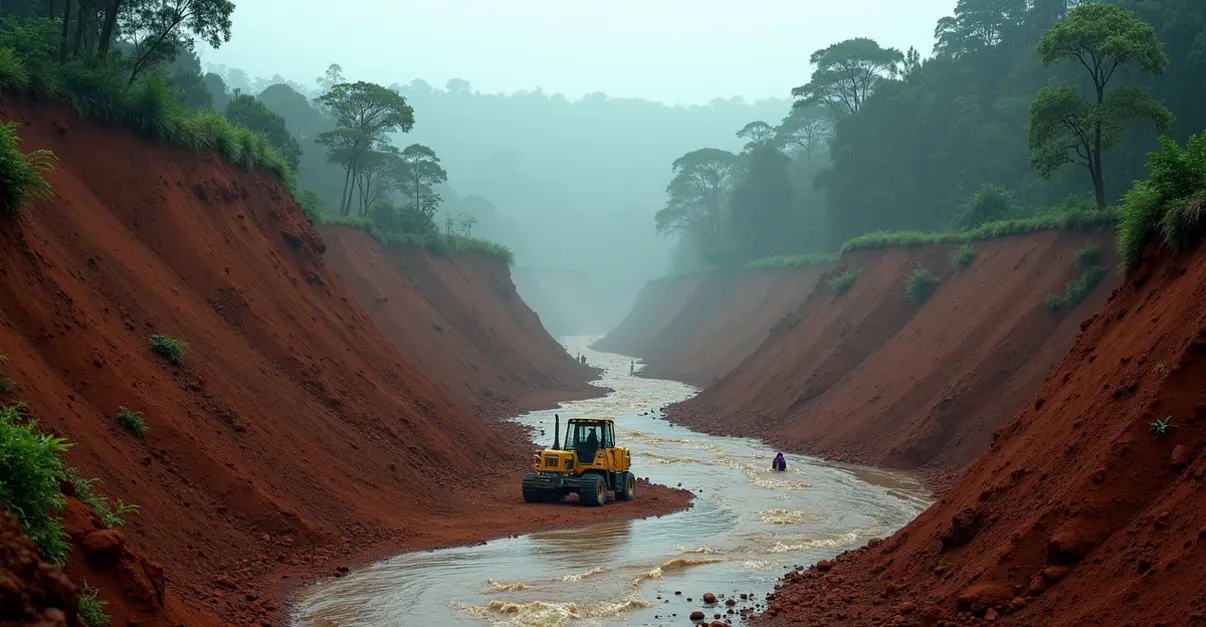At least 47 killed in Nepal as heavy monsoon rains trigger devastating landslides and floods during Dashain festival. Rescue operations hampered by blocked roads, with eastern Ilam district worst affected. Climate change intensifying monsoon disasters across Himalayan region.
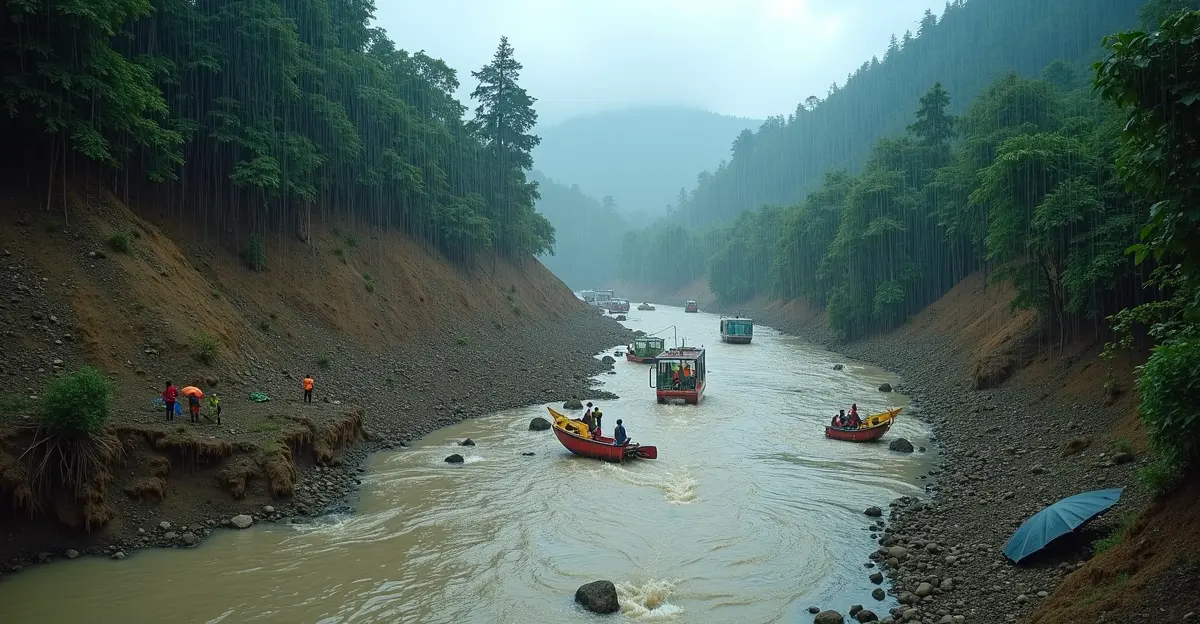
Catastrophic Natural Disasters Strike Nepal
Devastating landslides and flash floods triggered by torrential monsoon rains have killed at least 47 people across Nepal, with rescue operations hampered by blocked roads and challenging terrain. The disaster struck during the country's important Dashain festival period, compounding the tragedy as hundreds of thousands of people were traveling for family celebrations.
Eastern Districts Bear the Brunt
The eastern province of Ilam suffered the heaviest casualties, where at least 35 people died when multiple landslides wiped out entire mountain villages. 'A family of six was sleeping in their home when the landslide hit their village,' reported local authorities. Rescue teams faced immense challenges reaching affected areas due to washed-out roads and continuing heavy rainfall. Police officials confirmed that helicopters were required for evacuations, with at least seven people still missing in the region.
Widespread Impact Across the Country
The disaster affected multiple regions simultaneously. In southern Nepal, three people died from lightning strikes, while another person drowned in floodwaters. Near the capital Kathmandu, the Bagmati River overflowed its banks, sweeping away settlements and leaving at least nine people missing. The Koshi River reached dangerous levels, forcing authorities to open all 56 sluice gates at the Koshi Barrage to prevent further flooding.
Transportation and Infrastructure Collapse
Major transportation arteries suffered severe damage, with landslides blocking all major routes into Kathmandu, including the critical Araniko Highway connecting Nepal to China and the BP Highway. All domestic flights were suspended on Sunday due to poor visibility caused by the heavy rains, though authorities expected to resume air traffic on Monday. The timing proved particularly problematic as it coincided with the return of hundreds of thousands of people from Dashain festival celebrations.
Government Response and Climate Context
The Nepalese government declared Monday and Tuesday as national holidays to discourage travel and facilitate rescue operations. 'We are deploying all available resources to reach affected communities,' stated a government spokesperson. Experts note that climate change is intensifying monsoon disasters in the Himalayan region, with rising temperatures and extreme rainfall increasing flood and landslide risks across South Asia. According to climate research, the 2025 monsoon season was forecast to be particularly intense, delivering more unpredictable and dangerous weather patterns.
Regional Impact and International Response
The disaster extended beyond Nepal's borders, with at least seven deaths reported in neighboring India's Darjeeling district from similar landslides. Indian Prime Minister Narendra Modi expressed condolences and offered assistance, stating India stands ready as a 'friendly neighbour and first responder.' Meteorological authorities placed over a dozen districts on red alert, warning residents near waterways to evacuate immediately as more heavy rainfall was forecast.
The tragedy highlights the increasing vulnerability of Himalayan communities to extreme weather events exacerbated by climate change. As rescue operations continue, authorities face the dual challenge of immediate disaster response while addressing long-term climate adaptation needs in one of the world's most disaster-prone regions.

 Nederlands
Nederlands
 English
English
 Deutsch
Deutsch
 Français
Français
 Español
Español
 Português
Português




